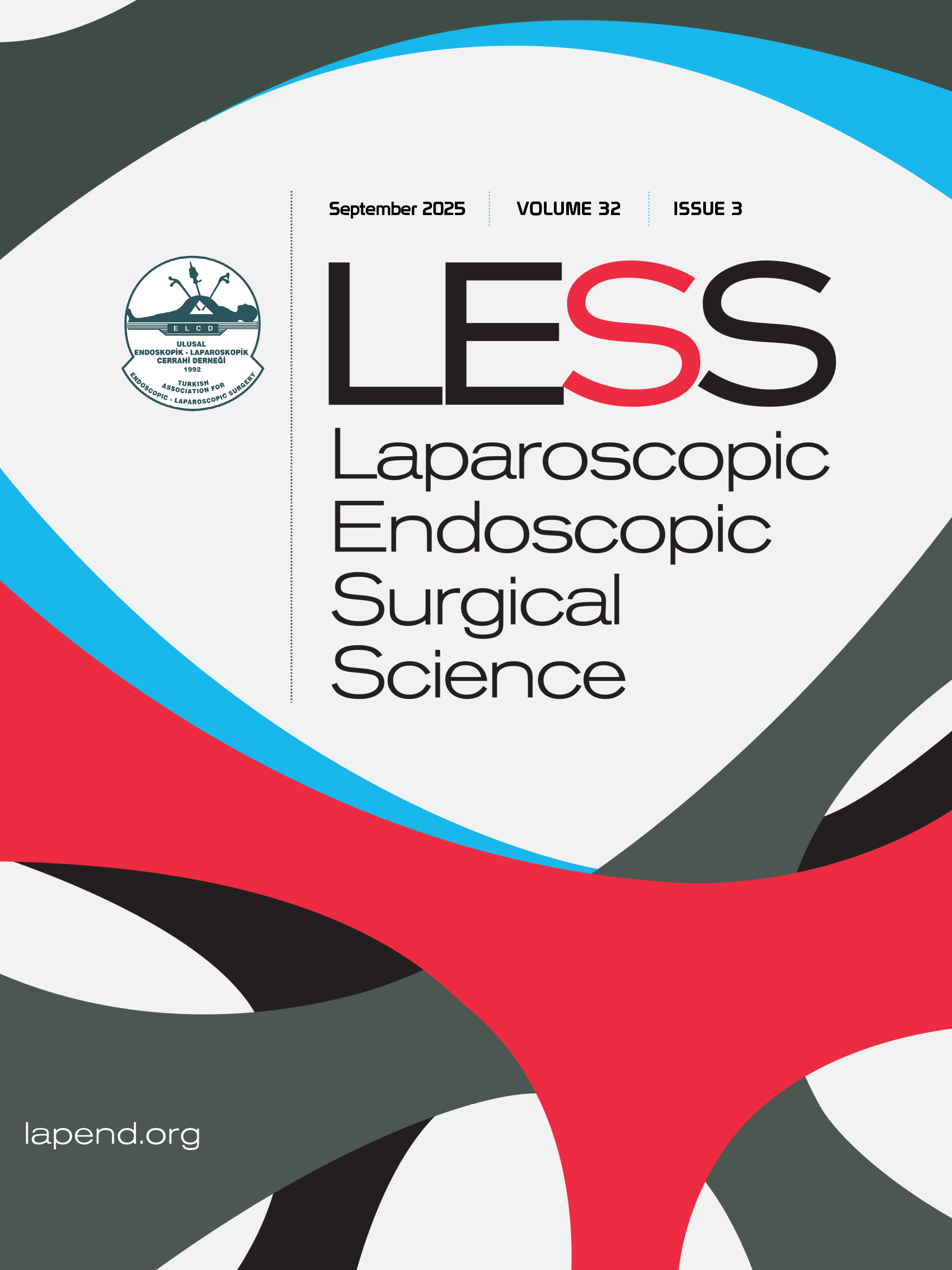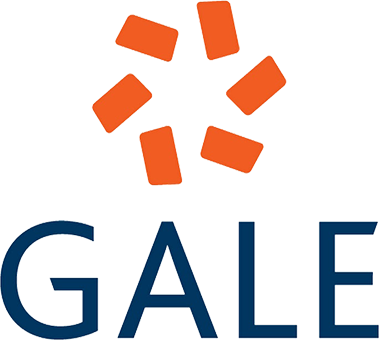Comparison of Lichtenstein and TEP techniques in inguinal hernia repair: Impact of surgical experience on outcomes
Merve Yumak1, Faik Yaylak21Department of Gastroenterology Surgery, University of Health Sciences Van Training and Research Hospital, Van, Türkiye2Department of General Surgery, Kütahya Health Science Univercity Medicine Faculty, Kütahya, Türkiye
INTRODUCTION: Inguinal hernia repair is among the most frequently performed surgical procedures worldwide. Although both anterior open mesh repair (Lichtenstein) and posterior laparoscopic repair (TEP) are widely used, the impact of surgical experience and setting on perioperative outcomes remains inadequately studied. The objective is to compare the clinical outcomes of Lichtenstein and TEP techniques in inguinal hernia repair and assess the influence of surgical experience in training versus routine settings.
METHODS: This retrospective cohort study included 361 patients who underwent elective inguinal hernia repair between January 2015 and June 2019. Patients were grouped based on the setting: Training (residents under supervision, n=78) and routine (attending surgeons, n=283). Surgical techniques (Lichtenstein vs TEP) were compared regarding operation time, complication rates, length of hospital stay, and recurrence. Statistical analyses were performed using SPSS version 23.0 with a significance level of p<0.05.
RESULTS: The mean patient age was 52.6±16.1 years, with males comprising 94.7% of the cohort. Lichtenstein repair was performed in 202 patients (56%) and TEP in 159 patients (44%). Operative time was significantly longer in the training group than in the routine group (74.3±37.5 vs 58.0±38.5 min, p=0.001). Complication rates were also higher in the training group (p<0.05). Bilateral hernia repair significantly increased operative time in both techniques. No significant differences were observed in hospital stay duration. Early and late recurrence occurred in 1.4% and 4.4% of patients, respectively, without technique-specific differences.
DISCUSSION AND CONCLUSION: Both Lichtenstein and TEP techniques are safe and effective for inguinal hernia repair. However, outcomes are significantly influenced by the surgeons experience and the procedural context. Structured training and careful supervision are essential to minimize complications and standardize results in surgical education environments.
Keywords: Complication, inguinal hernia, laparoscopic surgery, Lichtenstein repair, operative time, recurrence, surgical training, TEP
Manuscript Language: English















